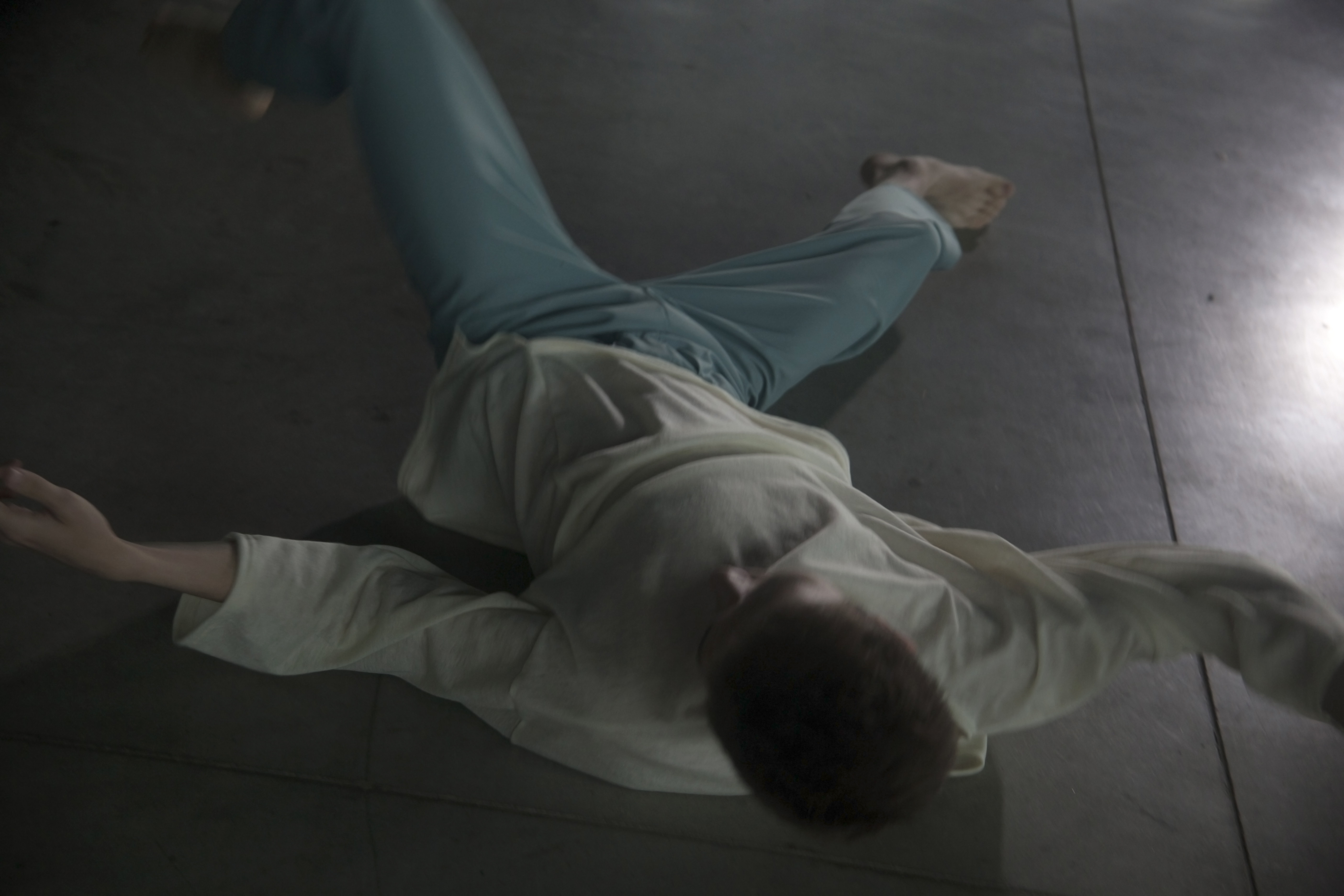
IF
“IF YOU CAN`T HEAR IT, YOU CAN SEE IT”
Social art project IF is aimed at working with the deaf (hard of hearing) people.
Project finds itself in a cross-disciplinary field and since that time I wasn’t deep enough in social and critical design practices I framed it within social art.
Society only starts to truly pay attention to the problems of challenged people, and it is still difficult for them to socialise and live in the non-inclusive environment. One of the reasons for this is a limited number of methods and techniques of teaching people with disabilities.
In the project, I set myself two main goals. First one is to “show” music to people with difficulties of hearing, in terms of design, so to say - to create a new visual language (code). And second aim - to draw public attention to the problems of people with disabilities of hearing.
The subjects of the project’s research are ways to visualise music, vibrations, rhythm, movement. The visual language developed for the project is different from the usual sign language. It uses the whole body to transform information, in this case.

The basis for creating a new language is always the repetition of individual elements in a certain sequence, that is, the creation of a new language does not require an alphabet in its usual sense, but requires the collection of some signs whose meaning depends on their location.

To create a unique visual language, the project involves not only dancers’ plastics and movements (as a technical image of a sound wave), but also color (as an emotional component depicting the mood of the sound of a particular instrument).[
For the transformation of music into color the phenomenon of synaesthesia, namely chromaesthesia was applied.
Chromesthesia (phonopsy, “color hearing") is a type of synaesthesia, in which audible sounds automatically and involuntarily cause images of color.
In music, the basic sequence on which the entire composition is arranged is tact.
The entire composition of The Hours is built on a simple three-foot meter, so the main sequence is in the proportion of ¾.
After the identification of the four main notes, we used the chromaesthesia method to convert the basic notes into colors.
Since there is no definite system for matching notes to color in chrome-pastries, it was decided to use chrome-occurrence tables by Rimsky-Korsakov, where the predominant colors are white, terracotta, dirty mint and blue.
︎︎︎ video ︎︎︎

The"IF" social art project based on experience and methods created long before the idea and implementation of the project. Research, development and creation of new visual non-verbal languages with the help of media technologies is quite useful in the era of cross-media. In addition, the development of this topic in conjunction with the problems of barrier-free environment (real and media environment) could support chances of creation of an environment accessible to everyone.
Design and director - Kamilla Murtazina
Costume designer - Dinara Iskandarova
Choreographer - Valery Mustafin
Dancers - Eldar Murtazin, Anastasia Sitnikova, Yekaterina Volodina, Valery Mustafin
Make up - Svetlana Muminova
Photo - Rufina Sheihislamova
Video - Ilya Kuklin